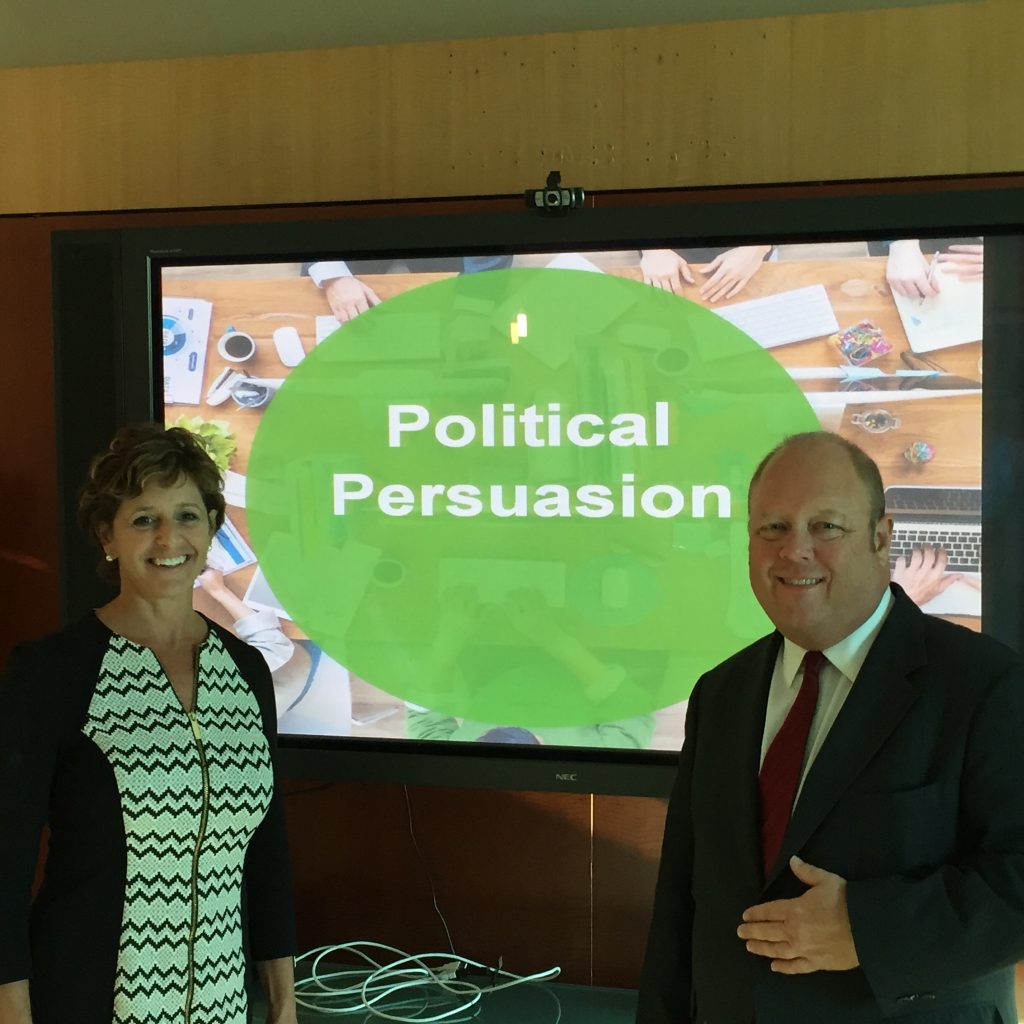As the dust continues to settle from the historic 2016 Presidential election, it’s time to assess what you should do to prepare your company for the shifting political environment. Though uncertainty abounds about what direction the new administration will take in the education arena, there is no doubt that changes are coming. And while the ambiguity makes the idea of hunkering down an attractive one, it is important to remember that with change comes opportunity, and your company – in every department – needs to be prepared to act in the new environment. Hope is not a strategy, after all. If you’re still searching for how to begin, here are several key steps that you should be taking:
1) Educate yourself: Make sure you have a diverse information flow so that you can fully understand policy proposals and other issues. At this point, it’s very hard to predict what policies impacting education President-elect Trump will prioritize (such as student data privacy, higher education funding, ESSA implementation, accessibility and perhaps funding shifts to block grants for states). The November 16th Education Week featured several insightful articles about potential policy changes, including:
- Educators Await Trump’s Lesson Plan
- GOP Solidifies Hold on State-Level Leadership
- Will the Trump Administration Scrap the Education Department?
Politico also provides a high-level overview for what the Trump presidency could mean for education, along with a look at his selection for Secretary of Education, Betsy DeVos. And while most of the spotlight is on the Administration, Congress will of course continue to play its role in policy formation. The relevant committees in the House and Senate will also have a few key changes, including a new chair, with Rep. Virginia Foxx (R-NC) replacing the retiring Rep. John Kline (R-MN).
2) Understand where your customers are coming from: The overarching issue right now, across industries, is uncertainty – no one seems to have a strong handle on what may happen. And with uncertainty often comes either paralysis or retrenchment and unwillingness to change anything. (Of course, with existing customers, this could work in your favor – for instance, maybe now is the time to offer the ability to pay for two years and get the third for free.)
Ultimately, though, this is a critical opportunity to reassure your customers – and gain real understanding into their mindset – through face-to-face visits from your senior leadership team to at least the top 10 percent of your customers between now and February. (And, as scale permits, consider ensuring someone personally contacts the remainder of your customer base, going beyond an online survey). You need to be able to understand their thinking, particularly between now and the next budget cycle (both federal and state). You also need to take into account the timing of potential changes – during this school year? Next year? Or further down the line?
Along those lines, it is also vital to know where your customers’ money flows from – federal, state or local sources. If it is mainly from the federal or state levels – particularly in states that may now have unified party control in the state house and governor’s mansion – those funding sources could be changing significantly.
3) Consider other factors and options in growing and building your business: Now is a great time to look at the possibility of going overseas and expanding to international markets. However, keep in mind that with all of the unknowns, investors from outside of the U.S. may be hesitant. Make appropriate plans and don’t necessarily count on foreign investment in to your company, no matter what markets you are planning to focus on.
4) Refresh your government relations strategy: Education is a regulated industry, which makes a government relations strategy essential. Now is a pivotal time to either evaluate the effectiveness of your lobbying team/firm, or to consider selecting or building one if you don’t currently have those capabilities or relationships. Ensure that your team has the right connections in this new political environment, and understands how to work at all levels.
5) Take a holistic look: Make sure that your preparations don’t end with government relations and customer outreach. Each department needs to look at their strategies and prepare for possible shifts in approach. For instance, in product development, be aware that there could be a move in federal funding from specific grants to state block grants, which could change how you approach new product configurations.
Any period of significant change is accompanied by considerable opportunity – it’s up to you to leverage that. Fight the tendency to succumb to paralysis, and instead commit to using this chance to learn more about your customers and their fears and opportunities. If you have further questions about how to approach this fluid political environment, Arc is here to help. Contact Rita today to set a time to talk more in-depth.


